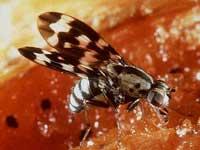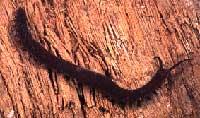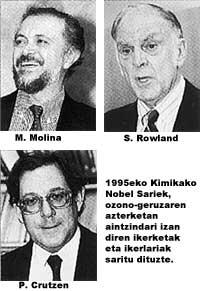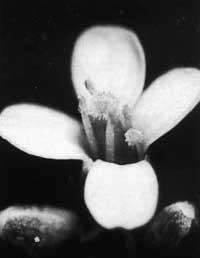Analysis of insect diversity
2002/02/19 Roa Zubia, Guillermo - Elhuyar Zientzia

Traditionally, nature has characterized a large number of insect species for biologists. Evolution has had millions of years to design all these animals, but achieving such a great diversity is not just a matter of time.
A reflection on this topic has been presented at the annual main meeting of the American Association of Advancement of Science. American biochemists Ron Galant and Sean Carroll analyze the contribution of homeotic genes (Hox genes). Hox genes control where organs and body parts of a being should grow. For example, they determine the need to place the eyes on the head (and not on the abdomen).
Scientists have used Hox genes called Ultrabithorax ( Ubx) in their experiments. Ubx genes control the junction of insect limbs, and the results of this work do not differ altogether from one species to another. Biochemists have found that part of the Ubx gene from the vinegar fly and four other insects is the same. On the contrary, the onychoforum is very different. The Onicoforo has characteristics typical of arthropods and fingers and does not have the body divided into parts.

When the genes of the Ubx vinegar fly were introduced to the onychophore, it developed the body parts, that is, it developed the characteristics of insects. This means that small portions of DNA can control large changes in evolution. In addition, morphological change can in many cases involve a change in biological functions.

Gai honi buruzko eduki gehiago
Elhuyarrek garatutako teknologia






